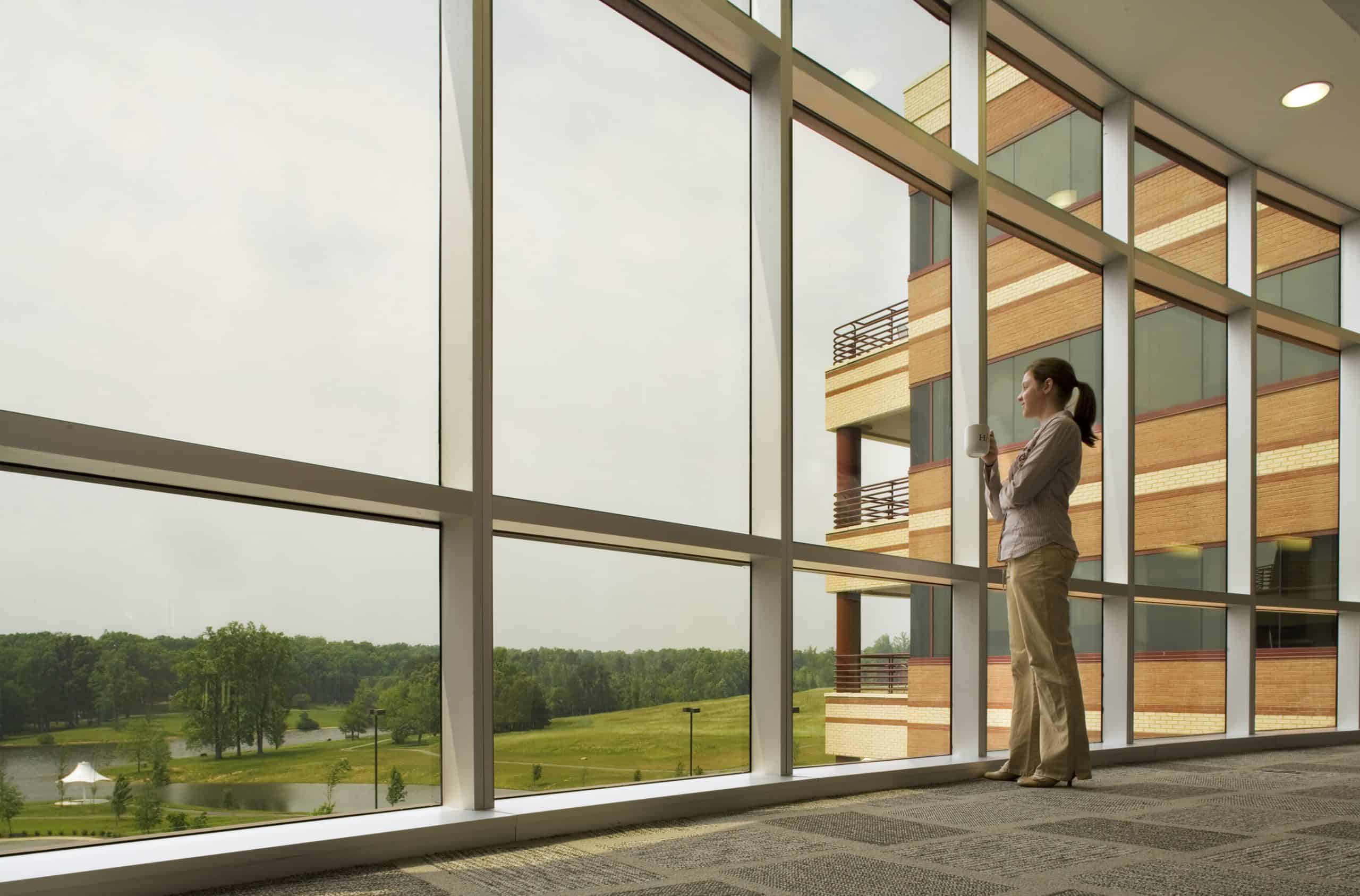This story was originally written for and published by ULI Washington. It is being republished here with their permission.
The convergence of health, economic, and cultural issues currently affecting us – a black swan event at a global level – presents a unique challenge for those in leadership roles, no matter what your job is. It has also highlighted the significant responsibility our industry has to the communities our work helps to create. Those challenges are evident on many levels, and they provide an opportunity for us to step up and lead the way forward into a new, improved normal.
Let’s start with our collective health. We’ve long known that we spend well over 90% of our time indoors, and there’s a growing body of research from places like the Academy of Neuroscience for Architecture (ANFA), the Cleveland Clinic – who helped develop the WELL Building Standard – and MIT’s multi-part CogFx Study, providing an evidence-based understanding of just how much the built environment impacts both human physical and mental health. The current pandemic has certainly heightened that awareness and pushed plenty of property owners into action with reactive design changes and new protocols. But the question is, could we have done better in minimizing or even preventing the impact of COVID-19 on the workplace through thoughtful design before the pandemic? And the bigger question is, will we be better prepared for the next time based on what we’re learning now?
Economically, we’re in a tailspin with no silver bullet answer to straightening the course. Even if we can provide safer environments to help us return to work, we must count on the general population significantly changing behaviors around personal hygiene, social interaction, and other established cultural totems. In any case, it’s clear that the definition of resilience needs updating. Our quarter by quarter focus on ROI is preventing us from properly considering and preparing for the long haul. How do we better balance upfront costs with long term risks, and build environments that more responsibly address the increasing pressures of occupant health and the growing risks from climate change? And, can we create those environments in a way that doesn’t leave select groups of people behind?
We need to remember Churchill’s quote, “We shape our buildings, and thereafter they shape us”, and acknowledge that we have a responsibility to design and develop in a way that lifts those who need it and helps us all thrive.
The combined pinch of those two subjects has intensified the awareness of and call for long-overdue change to the broken parts of our culture, namely systemic racism and inequity. And it’s clear that our industry has contributed, both wittingly and unwittingly, to this problem. From zoning codes and the location of hazardous developments near poor neighborhoods to tilted lending practices and our inability to solve the affordable housing equation, we’ve got to do better. The built environment can’t solve all these issues. But if we don’t slow down and step back to see and understand the interconnected nature of all the above, we’ve got no chance to make effective corrections that can benefit us all. Again, people will need to change behaviors and break down misguided cultural totems, but we need to remember Churchill’s quote, “We shape our buildings, and thereafter they shape us”, and acknowledge that we have a responsibility to design and develop in a way that lifts those who need it and helps us all thrive.
So, what’s a real estate leader to do with such an immense challenge? I’d suggest the first step is to commit ourselves to a Living Systems view of the world – one that allows us to better see the connected nature of everything, and to consider the benefits and consequences of our choices in a holistic context. Instead of viewing a project in isolation limited by a site boundary, see it as an entry point of influence – capable of improving the health of the system it is part of. We need to use our newly awakened awareness of the big picture to make better design decisions – ones that don’t perpetuate the things we now know aren’t sustainable in the long term. Remember that we need the community to embrace and support our projects for them to be successful and consider long-term viability and communal vitality instead of just short-term gain so we contribute to a better balance for the systems we inhabit. That way everyone wins.
Our industry has a unique responsibility to our communities, and we are fast approaching an inflection point where the status quo may become a path to failure at a grand scale.
Our industry has a unique responsibility to our communities, and we are fast approaching an inflection point where the status quo may become a path to failure at a grand scale. The current aggregate crises have no doubt been painful for many, but there are plenty of signs that it will only get worse if we aren’t decisive in our response and aimed in the right direction. Thinking globally and systemically while acting locally with holistic intent can let seemingly small actions have an exponential healing effect on our immediate surroundings, and ultimately the world.
Scott Brideau is a 2020 Co-Chair, Sustainability and Resilience Initiative Council Member, Redevelopment and Reuse National Product Council for ULI Washington.

